At Anime NYC 2025, Lucasfilm gave fans a closer look at Star Wars: Visions Volume 3. James Waugh, Vice President of Franchise Content and Strategy, joined press to discuss the future of the anthology, the decision to bring back fan-favorite stories, and how Visions fits into the galaxy far, far away. Over nearly an hour, he spoke candidly about canon, culture, marketing, music, and the unexpected places Visions may go next.
Waugh set the record straight early: Visions is not designed to be part of canon, and that’s the point. “Yeah, you’re right, it is definitely not canon,” he said. “But there haven’t been any restrictions aside from the fact that when we’re approaching stories and looking for creators to actually have something to say and pitch us their vision, we usually don’t want them to be stories about known Star Wars characters.”
He added that Visions works best when it avoids becoming a “what if” exercise. “We want fresh perspectives so that Visions doesn’t become a sort of ‘what if’ of Star Wars, but is instead a unique expression and celebration of the elements people love.”
That doesn’t mean the shorts exist in a vacuum. “Star Wars is this incredible ecosystem where we’re all influencing each other all the time—live action, animation, games. We all talk constantly, and we all want to make great Star Wars. So yeah, it’s possible these things could influence each other. Those conversations have come up.”
Star Wars Visions Volume 3 is more anime-focused compared to Volume 2.
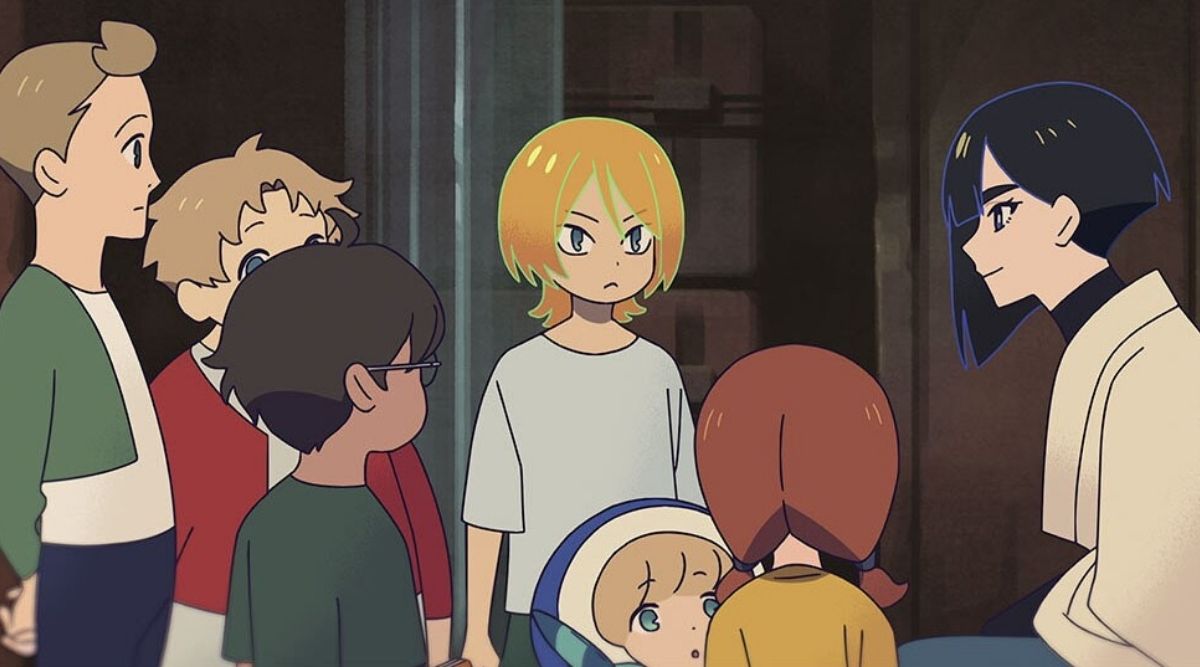
The naming convention is intentional. Waugh explained that calling them “volumes” instead of “seasons” reinforces the anthology’s structure. “We ultimately wanted to connote the idea that these are mixtapes,” he said. “These are anthological expressions, not serialized seasons with a continuing storyline. Volume 1 is the mix. Volume 2 is the mixtape that’s like a global tour, with different sounds and notes from around the world. Volume 3 is anime-focused. Whatever else Visions could evolve into, we wanted to make it clear that we can still have different, unique voices.”
Visions Volume 3 will revisit some of the most popular shorts from past entries, including the Ronin from “The Duel”, “The Village Bride”, and “The Ninth Jedi“. “Those conversations were had early on as we were developing,” Waugh explained. “We loved working with the creators from all those studios—we loved all of them—but they had frameworks that almost demanded more story for those characters.”
The Ronin, in particular, felt undeniable. “Takashi Okazaki-san had a very specific take they wanted to expand as a unique expression of Star Wars. When you hear something like that, you know immediately: okay, we have to do that story.”
“The Village Bride” became a convention favorite. “Everywhere I went—from San Diego Comic-Con to Celebration—I’d see someone cosplaying as the character F. Hitoshi Haga had something to say with her, and he pitched a really beautiful continuation.”
And with “The Ninth Jedi,” the ending spoke for itself. “After seeing the end of that short, it almost speaks for itself. We have to see the Nine Jedi come together. Continuing that story also feeds into what Visions Presents can offer us down the line.”
Star Wars Visions is about seeing Star Wars through the lens of different cultures.
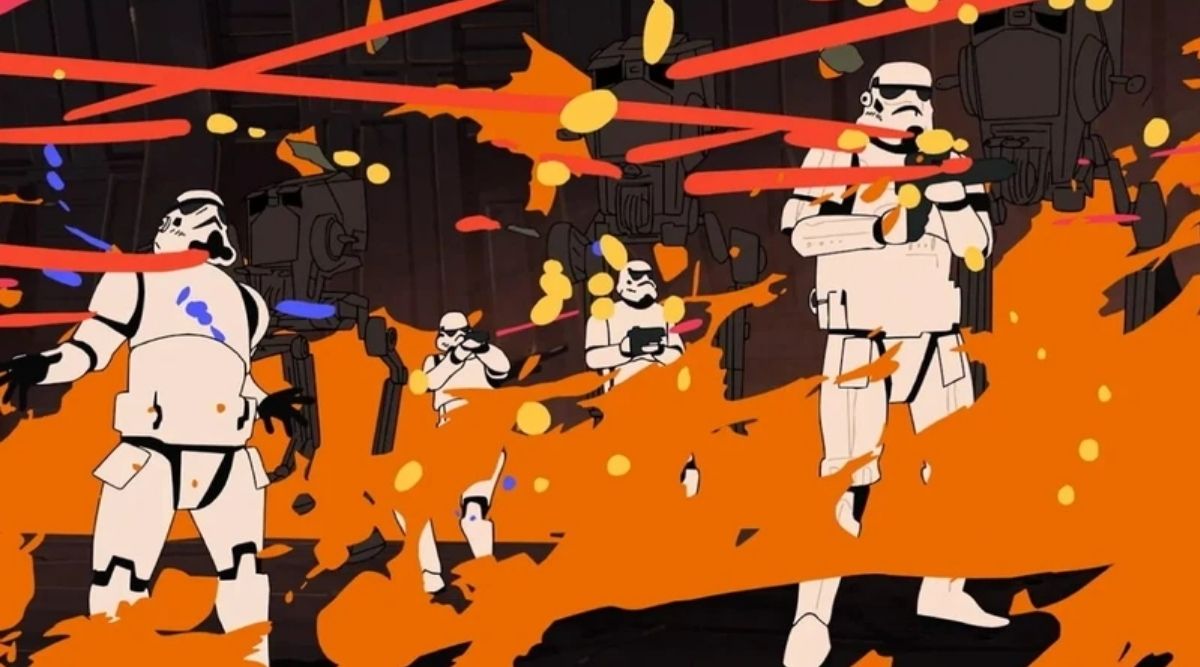
Looking back at Volume Two, Waugh emphasized the importance of the global approach. “When we first started talking to anime studios, we realized that what we couldn’t do was just be prescriptive—like, ‘Here are the stories we want, here’s canon, now go make them.’ The real power of the medium was allowing unique cultural perspectives to come up with stories.”
That shift opened the door for creators worldwide. “Seeing Star Wars expressed through a Japanese creator’s lens suddenly made us realize: how interesting could this be through different cultures? At the foundation of Star Wars are these universal mythic elements. The hero’s journey manifests differently depending on the culture, but there are archetypes and universal human themes that Star Wars articulates in a mythic way really well.”
He pointed to “Screecher’s Reach” as a prime example. “It’s very much a Star Wars story. But the banshee elements, which are so inherent to Irish culture, made it a unique take.” While Volume One leaned heavily on Jedi and kyber crystals, Waugh said Visions Volume Three broadens the scope.
“In this volume, many of the stories that rose to the top ended up being more about resistance, rebellion, or bounty hunters. That’s not to say there aren’t lightsabers, there most certainly are, but compared to the first volume, this one gives a broader picture of what the galaxy could be.”
Waugh highlighted the variety of approaches as intentional. “Anime isn’t just one thing—it’s a blanket term for so many different styles and expressions. We wanted a lineup that could showcase that full breadth of style, so fans who’ve never really engaged with anime could see just how imaginative the medium is.”
Star Wars Visions Volume 3 brings back previous studios while also highlighting even more great animators.
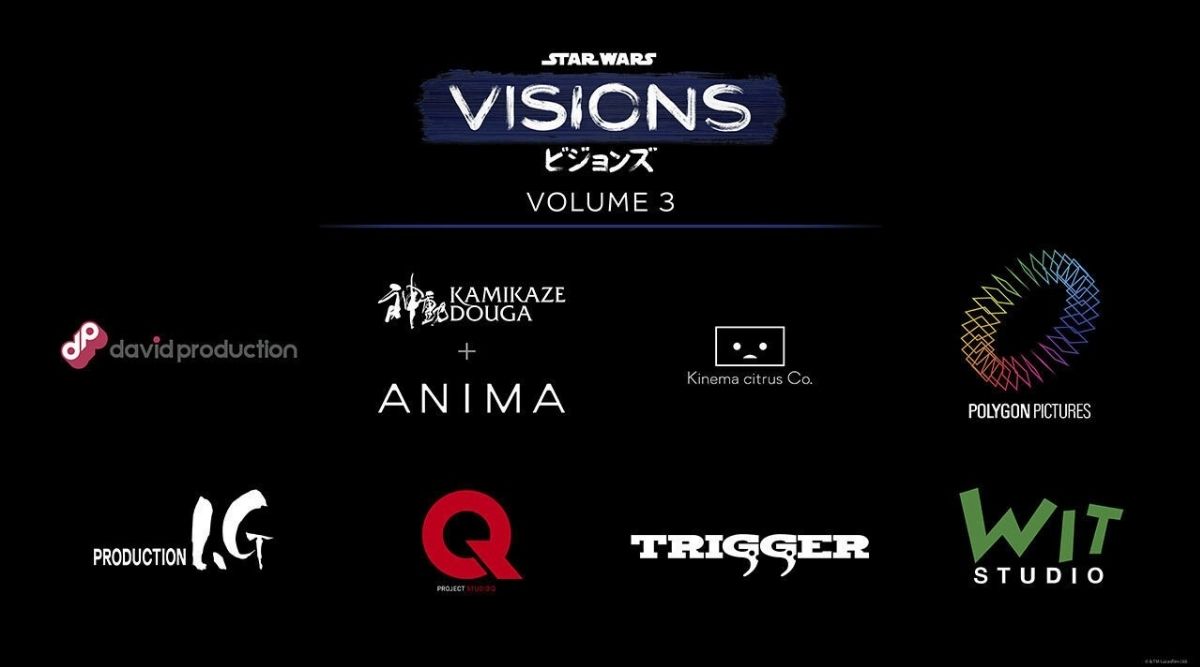
Not every Visions short needs to be action-heavy. Waugh pointed to Aardman’s “I Am Your Mother” as a prime example of how personal stories fit into the galaxy. “The reason we loved Magda’s story was because it was personal. She’s a Polish immigrant to the UK and had always felt slightly different growing up in that context.”
He continued, “She had this love-hate, teen embarrassment of her mom and her mom’s culture—only to realize later in life that those things were what made her special as a creator. She wanted to find a Star Wars story that reflected that personal journey. And that’s what I look for—stories that are deeply personal.”
When asked why some studios from Volume One are back, Waugh said it was about relationships. “Some of the returning studios had more stories to tell, and we’d had such a good experience working with them before. When we were casting for Volume 3, the door was naturally open to those creators who had already brought us great work.” At the same time, Lucasfilm wanted to expand the roster. “We also made sure to bring in new studios and voices we hadn’t collaborated with yet. We definitely haven’t exhausted the pool of talent, especially in Japan.”
So, how does a studio land a Visions short? According to Waugh, it’s a mix of fandom and partnership. “Some of it came from us saying, ‘Wow, we love their work, let’s meet with them.’ I remember seeing Promare and immediately thinking, ‘We need a meeting with Trigger.’ Production I.G. is legendary, so of course, we wanted to talk with them. We also work closely with Qubic Pictures, who have been a great partner on the Japanese production side. They have strong relationships and have made excellent recommendations.”
Every short in Star Wars Visions Volume 3 has a point of view in addition to stellar visuals.
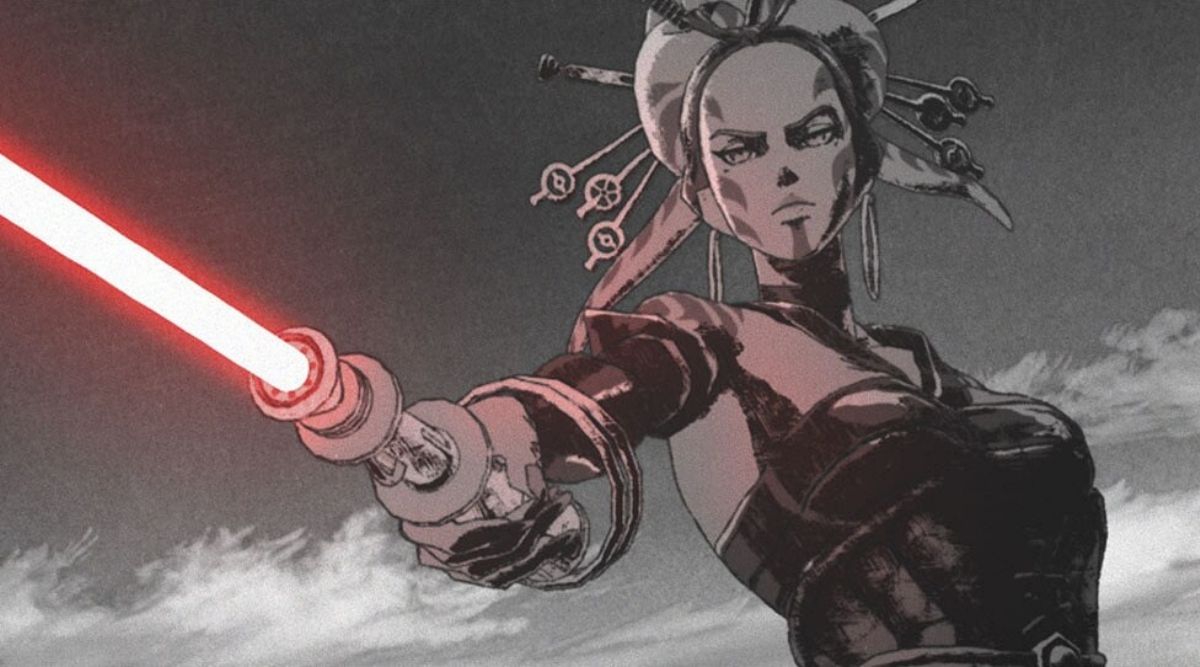
But the real key is what the creators bring to the table. “What we’re always looking for are stories that have something to say. The last thing I want is something purely aesthetic or visual without meaning. Each short should feel like a unique expression of its creator.”
When asked what excites him most in the production process, Waugh didn’t hesitate. “Story. It’s always story for me. That’s what drives everything.” But he admitted there’s another part of the job he loves. “My other favorite part is seeing the initial character designs come in.”
“You look at the art and think, ‘Oh my gosh, this is incredible.’ That’s what I love about animation—the art and writing inform each other back and forth. Sometimes the art retroactively shapes the story, sometimes the boards bring it alive. That dialogue between mediums is where the magic happens.”
He added that spectacle alone doesn’t cut it. “Some pitches are just about a crazy action sequence, which anime does better than anyone. But what I hope to find is that Venn diagram where the big action is combined with a deep character revelation. That’s what makes it mean more.”
Music is a central component of Visions, as it always is in Star Wars.

Music remains just as important in Visions as it does in the films. “Music is half of Star Wars,” Waugh said. “There’s that great story about George Lucas showing the first cut of Star Wars to Brian De Palma and Francis Ford Coppola without John Williams’ score. They didn’t fully get it. Then the next cut they saw had the score, and it changed everything.”
For Visions, experimentation is key. “The big question now is: what does Star Wars sound like when it’s not all John Williams? When do you evoke Williams, and when do you find a new sound? The Mandalorian did that brilliantly with Ludwig Göransson.”
“For Visions, Kevin Penkin has been fantastic. In Volume 3, you’ll hear new and unexpected scores, like Hiroyuki Sawano’s work on “Black”. We want to keep exploring. It still needs to feel like Star Wars, but what that means is going to keep evolving.”
One question that came up was why Visions drops all at once instead of week-to-week. Waugh said the decision came down to format. “The all-at-once release is really a byproduct of length. These are shorts—10, 15 minutes each. They don’t sustain a week-to-week model the way a live-action series does. We wanted them to feel like a mixtape you can sit down with and watch straight through if you want, or sample one by one.”
Visions Volume 3 expands its stories beyond just the Jedi.
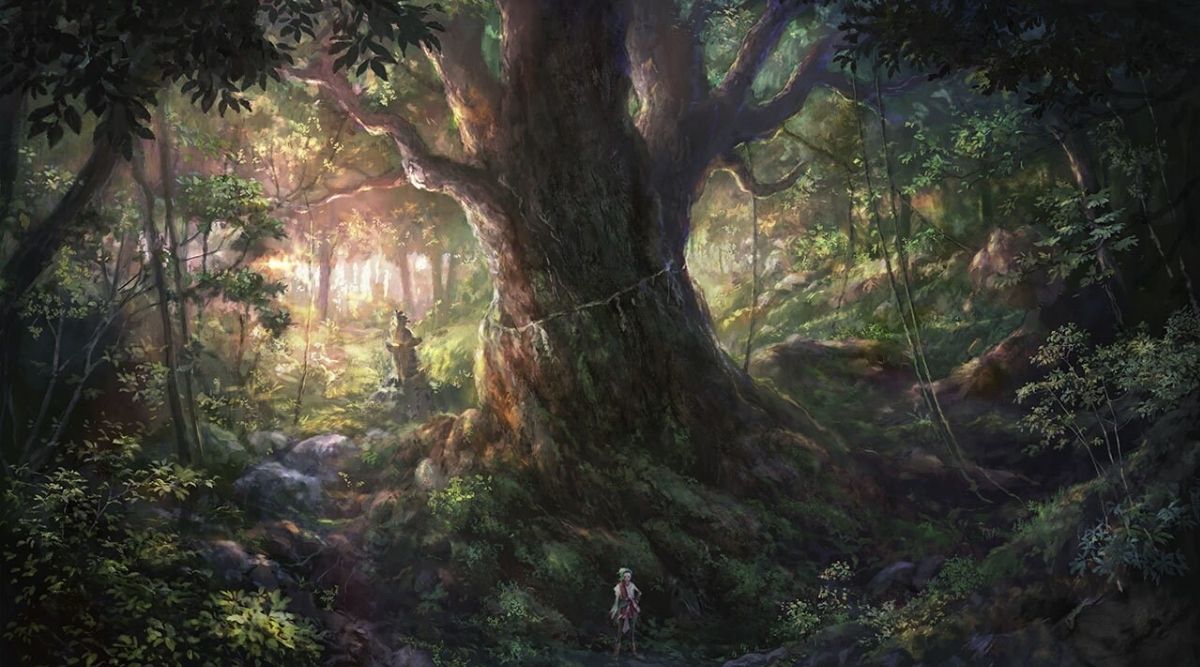
Visions Volume 3 won’t abandon Jedi stories, but it will focus elsewhere. “I think this volume explores more of the grounded side of the galaxy,” Waugh explained. “You’ll see resistance stories, rebellion stories, smuggler stories, bounty hunter stories. It even dimensionalizes stormtroopers. In Hira’s short “Black,” for example, you get inside the psychology of a stormtrooper.”
That short also featured students working under Hira’s direction. Waugh admired the choice. “For someone of his status and experience to pass on knowledge during production—that’s special. He’s such a master and a legend. He’s worked on so many of the films that influenced me in the Japanese space. For him to use this project to teach, to mentor, to share his craft—that feels very Star Wars to me.”
The master–student relationship, he added, mirrors the franchise itself. “So many of the best Star Wars stories have that master–student dynamic. Talent is one thing, but unless you practice your craft and learn from someone who’s walked that path, it’s hard to become great. Hira creating that opportunity is really meaningful.”
The anthology has already expanded into other media, with “The Duel” adapted into both a novel and a comic. Waugh said he hopes that continues. “It’s been such a blessing to see Visions take on a life of its own. To see fans care so much and really invest in it—that’s been amazing. I would love to see Visions continue as a framework that brings in masters of their craft from different cultural perspectives, letting them tell Star Wars stories through their own lens. And I’d love to see it expand across all mediums, not just shorts.”
Visions demonstrates that Star Wars can hold multitudes without losing itself.
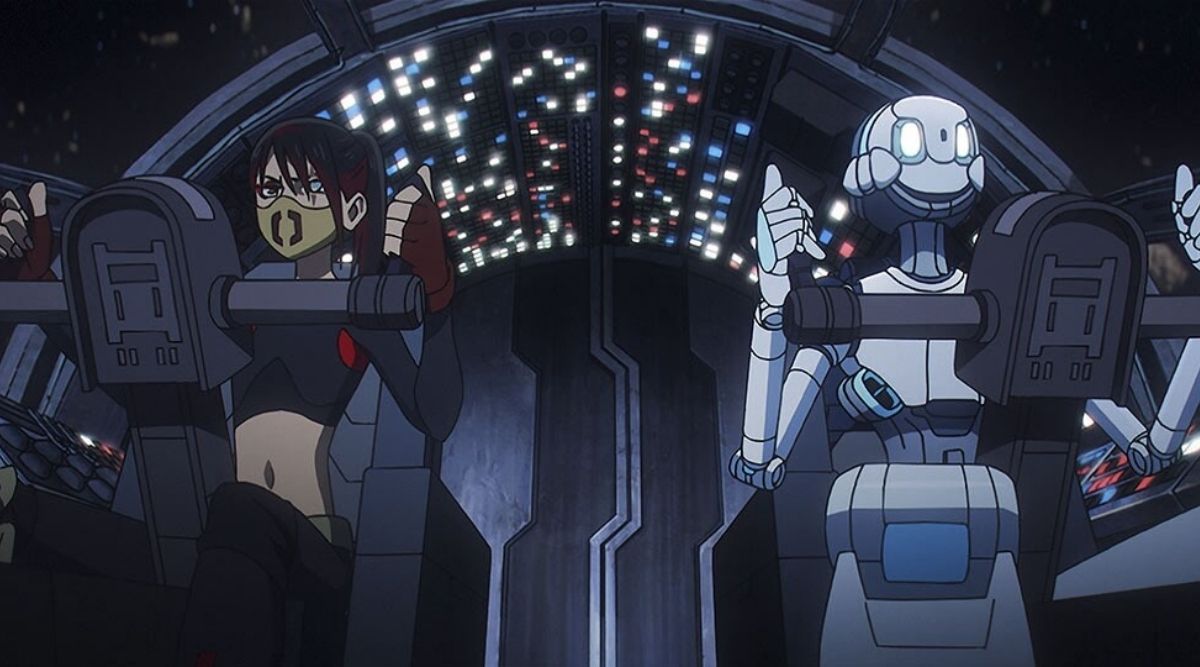
When asked what he looks forward to most after a new volume releases, Waugh didn’t hesitate. “Cosplay. Hands down, that’s my favorite thing. At Celebration in Japan, I saw characters that started as pencil sketches now fully realized by fans. To know that those designs, those stories, resonated deeply enough for people to spend time, money, and creativity bringing them to life—that’s the greatest gift as a producer.”
The topic went further when a fan-turned-reporter pointed out how difficult it can be to cosplay Visions’ characters without reference material. “That’s great feedback,” Waugh said, nodding to the idea of providing more assets. “
The art books are great, but I think that’s also a conversation with our social media team. Maybe we can even do a poll to see which characters fans would most like reference features for, and then build something around that.” The request struck him as something worth taking back to Lucasfilm. “I will definitely put in the ask, no doubt about it. That’s a good idea.”
For Waugh, Visions demonstrates that Star Wars can hold multitudes without losing itself. The anthology isn’t tethered to canon, but it is anchored to the saga’s mythic heartbeat—music as “half of Star Wars,” personal storytelling as the spark, and cultures filtering familiar archetypes through their own lenses.
And the bridge between anime and Star Wars still feels inevitable to him: “I think Star Wars and anime is peanut butter and chocolate—it just works. You’re bringing two fandoms together that were always meant to overlap. There’s an audience for it, and I’m glad there is.”
Visions Volume 3 carries that ethos forward: returning favorites like the “Ronin”, “The Village Bride”, and “The Ninth Jedi” continue world-building; new shorts push into resistance, smuggler, and bounty-hunter stories; Hira’s Black reframes a stormtrooper from the inside out; and the music palette keeps stretching while still feeling unmistakably Star Wars.
Add in an openness to give fans better cosplay references, and you get an anthology that doesn’t just invite participation—it plans for it.
Star Wars: Visions Volume 3 premieres October 29, 2025, exclusively on Disney+.

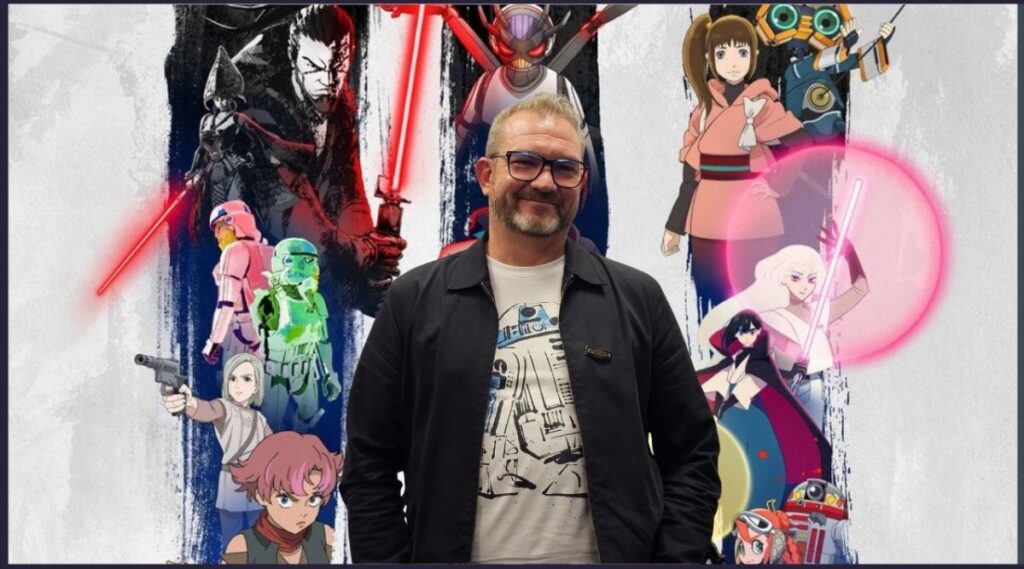
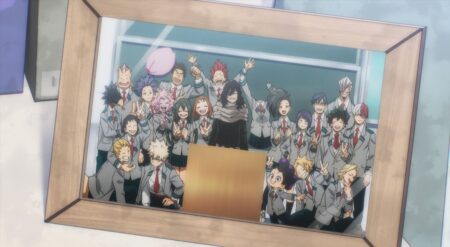

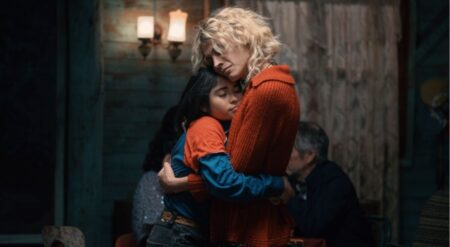

![[EXCLUSIVE] ‘Invincible VS’ Devs Dive Deep Into Their New Original Character: Ella Mental Ella Mental in Invincible VS](https://butwhytho.net/wp-content/uploads/2025/12/Invincible-VS-Ella-Mental-But-Why-Tho-1-450x247.jpg)